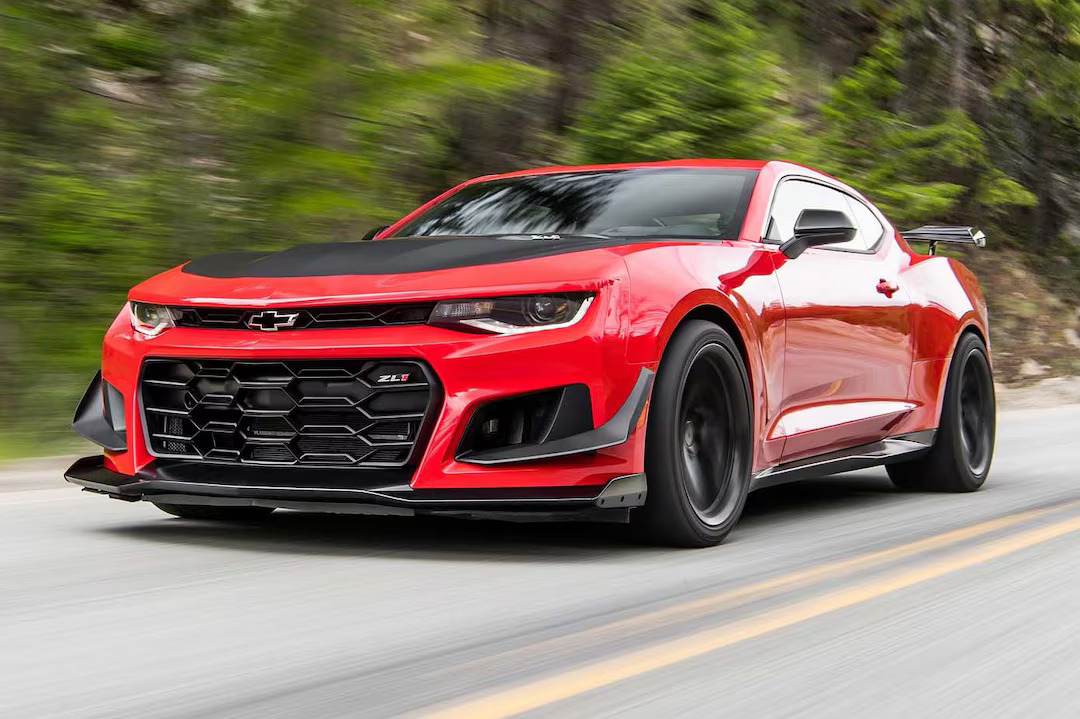Sports cars are often seen as the epitome of automotive excitement, delivering adrenaline-pumping performance, sleek designs, and a raw connection to the road. However, with great power usually comes great expense, especially when it comes to maintenance.
While buying a sports car is a dream for many, the cost of ownership can turn that dream into a financial nightmare if you’re not careful. From high-end parts to specialized service requirements, many sports cars rack up significant bills long after the initial purchase.
That said, not all sports cars drain your wallet every time they visit a mechanic. Several models defy expectations by being relatively inexpensive to maintain, thanks to thoughtful engineering, parts commonality with more practical models, and solid reliability.
Car enthusiasts and practical buyers alike have long debated which sports cars provide the best mix of thrill and thrift. Some vehicles look like a million bucks and drive like race cars, but cost less to maintain than an entry-level sedan.
These models often share engines or components with mass-market vehicles, making parts readily available and mechanics familiar with their inner workings.
Others may offer legendary performance, but are notorious for their high upkeep, whether due to fragile electronics, expensive replacement parts, or just a reputation for being temperamental.
This contrast creates an interesting dichotomy: sometimes, the more exotic a car appears, the simpler (and cheaper) it might be to live with, while other, more unassuming cars surprise their owners with steep maintenance bills.
In this article, we’ll explore both ends of the spectrum. We’ll begin by diving into five sports cars that are surprisingly affordable to keep on the road, followed by five that, despite their appeal, are infamous for their maintenance costs.
Each car was chosen based on general reliability, parts costs, and ease of servicing. If you’re in the market for a sports car—or just love learning more about them—this guide will help you understand not just which cars are fun to drive, but which ones are friendly to your bank account.
Also read: 5 Cars That Suit Remote Workers and 5 That Don’t Fit the Life
5 Sports Cars That Are Surprisingly Cheap to Maintain
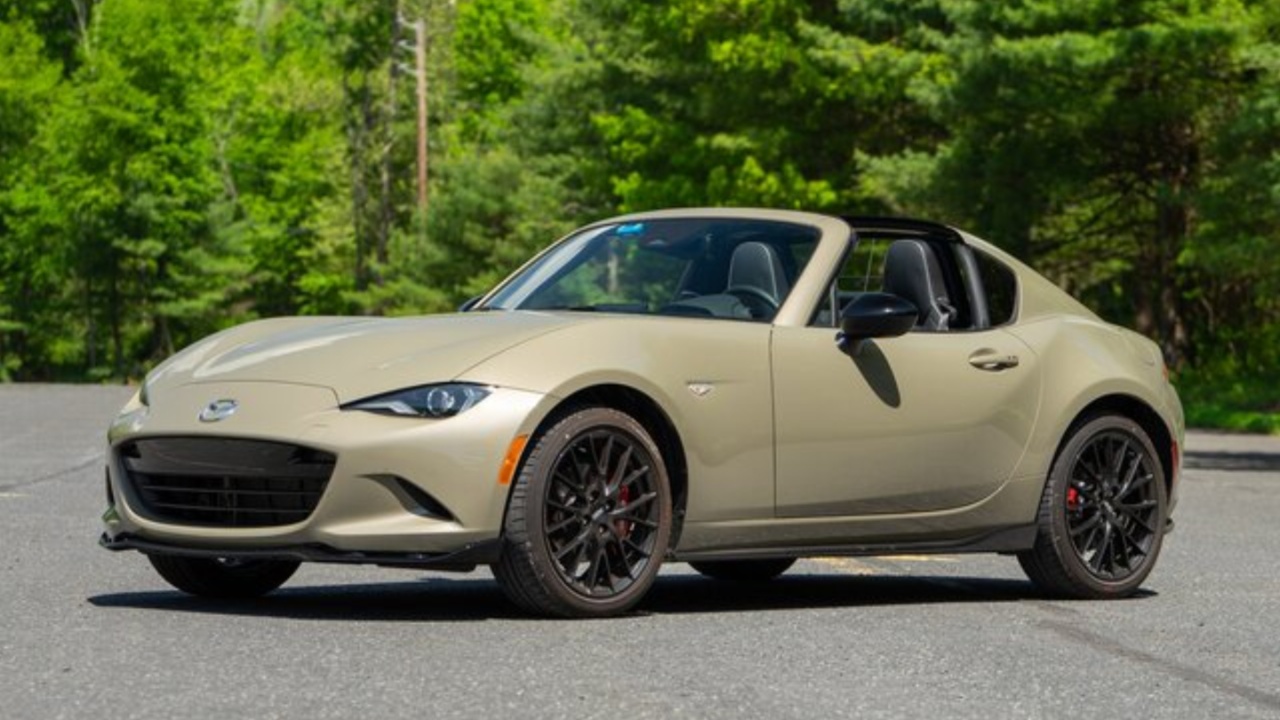
1. Mazda MX-5 Miata
The Mazda MX-5 Miata is the quintessential example of a fun, affordable sports car that won’t bleed you dry on maintenance. Since its debut in 1989, the Miata has remained a symbol of lightweight driving joy. One of the key reasons for its low maintenance costs is its simplicity.
The car has a small, naturally aspirated engine, minimal electronic complexity, and a lightweight chassis that puts less strain on its components. Because the Miata doesn’t try to over-engineer every element, there’s simply less that can go wrong.
Another reason why the Miata is so economical to maintain is its immense popularity. With a massive fan base and millions of units sold worldwide, parts are extremely easy to find and relatively inexpensive. Many of the components are shared across different years and even platforms, which helps reduce repair costs significantly.
Independent mechanics are very familiar with the Miata as well, meaning you won’t have to rely on dealerships or specialists unless necessary. This commonality translates into lower labor costs and quicker turnaround times for repairs.
Furthermore, the Miata is famously reliable. Mazda designed the car to be driven hard without falling apart, and numerous examples have crossed the 200,000-mile mark with minimal issues. Regular oil changes, tire rotations, and basic upkeep are usually all it takes to keep a Miata running in top form.
The low cost of consumables like brake pads and tires, due to the car’s low weight, also contributes to its budget-friendly nature. It’s one of the few sports cars you can drive daily without dreading the mechanic’s bill.
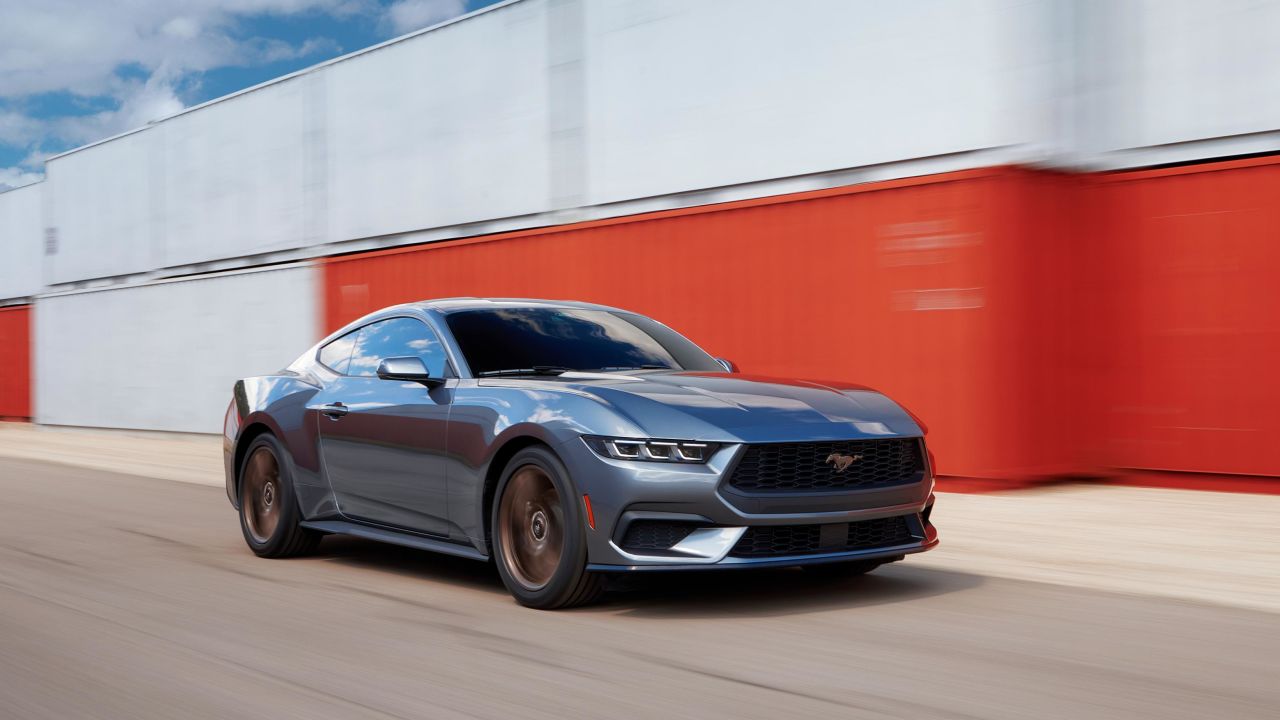
2. Ford Mustang (EcoBoost and GT)
The Ford Mustang, especially in its EcoBoost and naturally aspirated GT trims, is another surprisingly affordable sports car to maintain. While it offers strong performance and iconic styling, the Mustang benefits from Ford’s mass-production prowess.
The engines used in these models—the 2.3L turbocharged EcoBoost and the 5.0L Coyote V8—are not only durable but also widely used, meaning parts are both plentiful and reasonably priced.
Many of the Mustang’s components are shared with other Ford vehicles, which keeps repair costs down. For example, suspension parts, electronics, and even interior components can often be sourced from more common models in the Ford lineup.
This shared architecture means mechanics are well-versed in servicing them, and aftermarket support is massive. From brake kits to exhaust systems, the Mustang is one of the most modifiable cars on the market, and that accessibility translates into affordable maintenance options.
Additionally, Mustangs are relatively easy to work on. Unlike some high-end sports cars that require removing half the engine bay to replace a spark plug, many Mustang components are accessible for DIY maintenance.
This makes the car especially appealing to gearheads who prefer to do their own oil changes, brake jobs, or other minor services. When taken care of, the Mustang offers a thrilling drive without the financial stress often associated with performance vehicles.
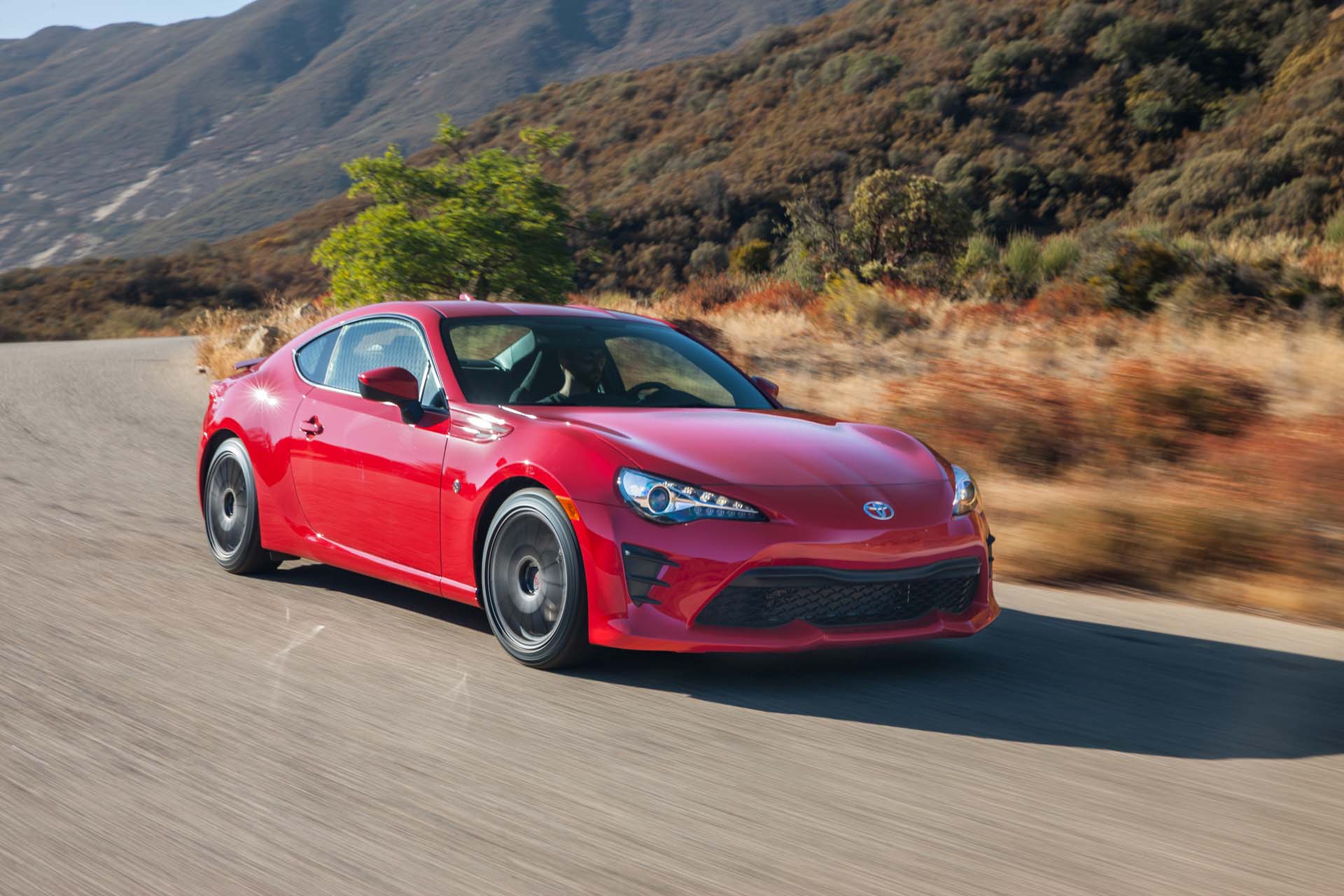
3. Subaru BRZ/ Toyota 86
The Subaru BRZ and Toyota 86 (now known as the GR86) are lightweight, rear-wheel-drive sports cars built on a shared platform that emphasizes driver engagement over raw power.
These cars feature a 2.0L (or newer 2.4L) flat-four engine that, while not the most powerful, is well-balanced and relatively simple. Because they use a naturally aspirated engine with no complex forced induction systems, they are easier and cheaper to maintain over time.
Another major benefit of the BRZ/86 is the car’s engineering philosophy. These vehicles were designed with track use and regular spirited driving in mind, so they’re built to handle stress without wearing out quickly.
The straightforward layout makes them easier to service, and both Toyota and Subaru’s reputations for reliability extend to these vehicles. While the early models had some known quirks—like the infamous “crickets” from the fuel pump—most issues were minor and well-documented, with affordable solutions.
The cost of ownership is also kept in check due to the car’s modest size and weight. Like the Miata, it doesn’t require expensive high-performance tires, large brakes, or specialty fluids.
Replacement parts, from air filters to clutch kits, are easy to find and competitively priced. Whether you take it to a local shop or a dealership, the BRZ/86 offers one of the best balances of performance and low running costs in the sports car world.
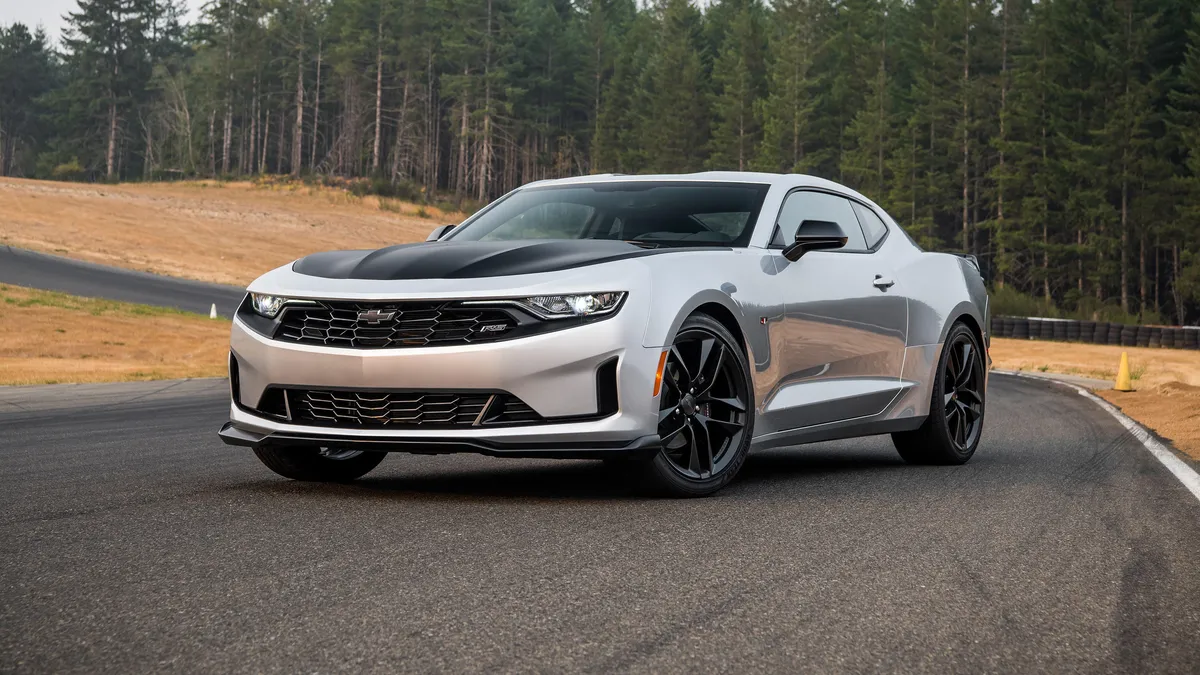
4. Chevrolet Camaro (V6 and SS)
While the Chevrolet Camaro might conjure images of roaring V8s and tire smoke, it’s also surprisingly affordable to maintain, particularly in its V6 and SS trims. The Camaro’s engines, especially the 3.6L V6 and the 6.2L LT1 V8 found in the SS, are widely used across GM’s lineup.
This means parts are not only abundant but competitively priced. The LT1 V8, for instance, is shared with the Corvette and various full-size GM trucks, and it’s known for its robustness.
The Camaro benefits from being a high-volume production car. GM’s widespread dealer and parts network ensures that maintenance is convenient and relatively inexpensive.
Many components are interchangeable with other models in the GM stable, and the aftermarket scene for Camaros is enormous. Whether you’re looking for stock replacements or performance upgrades, the range of options helps keep ownership costs in check.
Maintenance-wise, the Camaro is fairly user-friendly. Although space under the hood can be tight in some trims, the engines are not overly complicated, and common jobs like oil changes or brake replacements are straightforward.
Like the Mustang, it’s a muscle car built for everyday use. Routine maintenance is generally all that’s needed to keep it in top condition, making it a compelling choice for enthusiasts who want both speed and affordability.
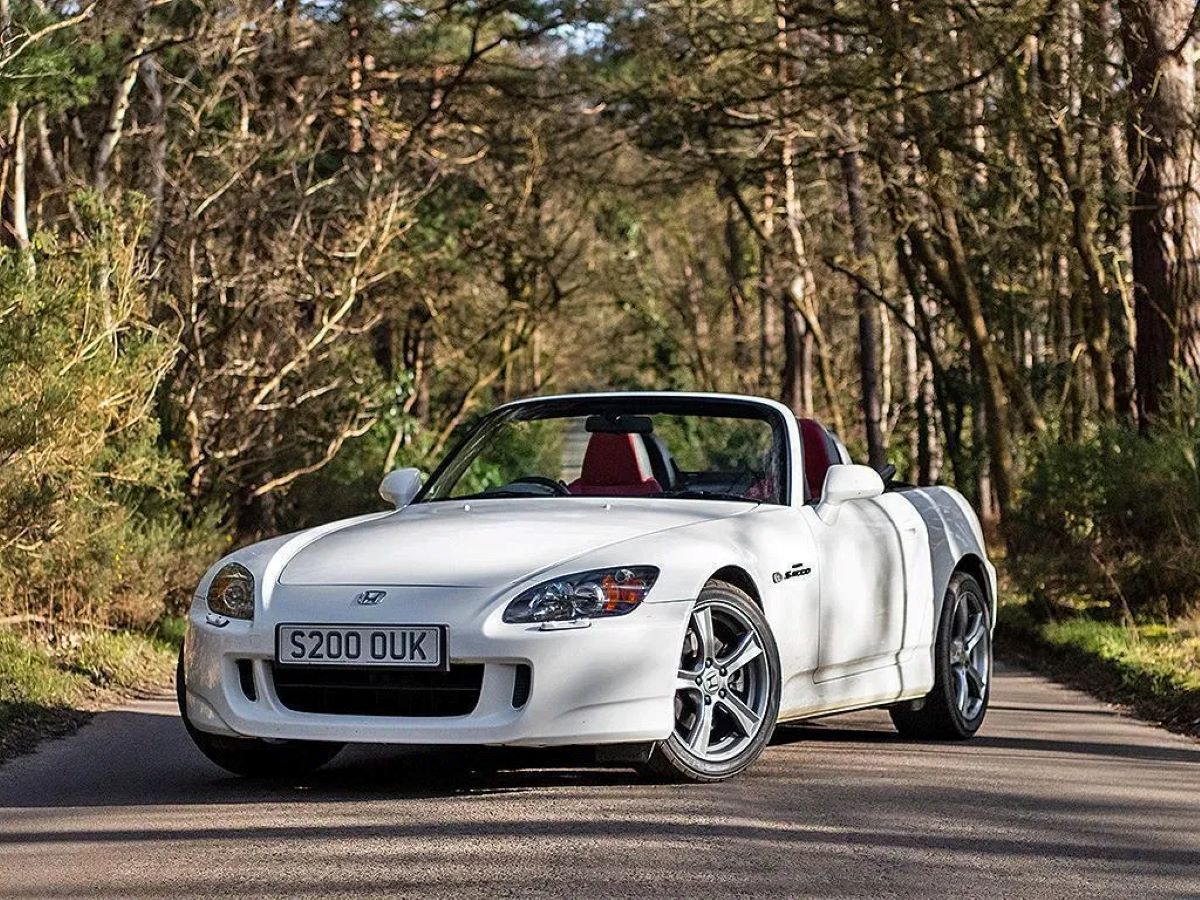
5. Honda S2000
Though no longer in production, the Honda S2000 remains a beloved and surprisingly affordable sports car to own. This high-revving roadster is powered by the legendary F20C and F22C1 engines—inline-fours that scream to nearly 9,000 rpm.
Despite their performance nature, these engines are Honda through and through: reliable, durable, and relatively easy to work on. With proper maintenance, they can run well past 200,000 miles without major issues.
The S2000’s simple, lightweight design means fewer components are under stress. The absence of forced induction or overly complex electronics further reduces the chances of costly repairs. Many basic maintenance tasks—like valve adjustments or fluid changes—are within reach for the average DIY enthusiast, especially given the car’s strong community and abundant technical resources. The drivetrain, clutch, and suspension components are known to be robust and long-lasting.
Another factor that keeps costs down is Honda’s reputation for part availability and pricing. Even though the S2000 is a performance model, many parts are still readily available through Honda’s dealer network or third-party suppliers.
The aftermarket support is also excellent, which helps keep prices low for consumables and upgrades. For a car that offers near-exotic performance and driving feel, the S2000 stands out as a remarkably affordable classic to maintain.
5 Sports Cars That Are Surprisingly Expensive to Maintain
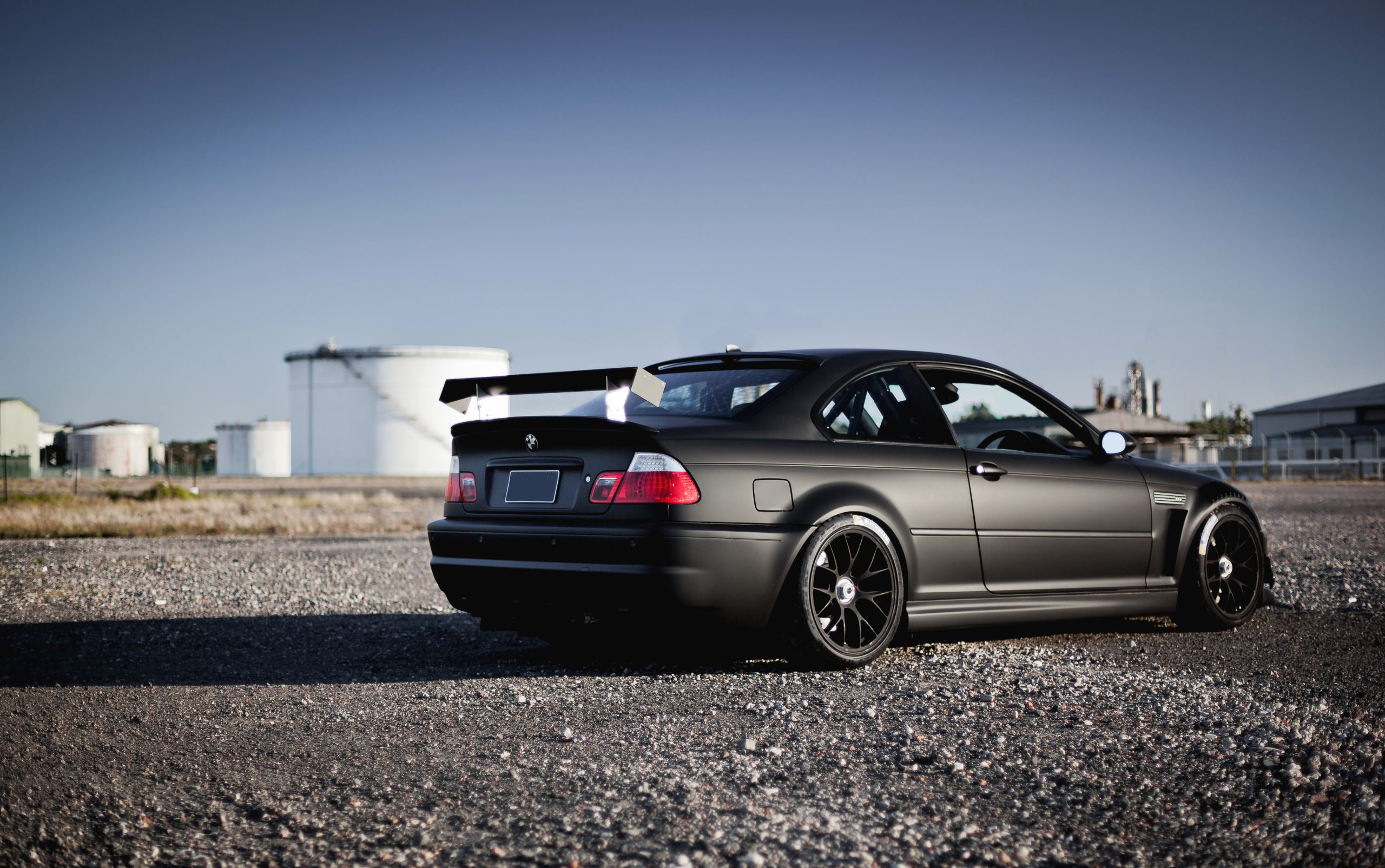
1. BMW M3 (E92 and Newer)
The BMW M3 is often heralded as one of the greatest all-around performance cars ever made. It’s luxurious, agile, and blisteringly fast. However, owning one, especially the E92 and newer models, can be an expensive endeavor.
The E92’s S65 V8 engine, for example, is a masterpiece of engineering but is also known for being temperamental. Common issues include rod bearing failures, which require engine disassembly and cost several thousand dollars to address proactively.
The VANOS variable valve timing system is another notorious pain point, with repairs being both labor-intensive and expensive due to its complexity. These aren’t issues you can ignore without risking catastrophic engine damage, which means proactive maintenance is a must.
Labor rates for BMWs, particularly M models, are typically higher due to the specialized knowledge required to work on them. Even simple services like an oil change or spark plug replacement can be more costly due to the specific procedures involved.
Many BMW dealers and independent shops use proprietary tools for diagnostics and calibration, meaning DIY maintenance is far more limited compared to more mainstream sports cars.
Owners often find themselves tied to certified BMW technicians to ensure the car is properly serviced, which adds to the cost of every visit to the shop. Over time, these expenses pile up, especially as the car ages and more components start to show wear.
Outside of the engine, the M3’s high-performance brakes, suspension, and transmission components all wear faster than those found in non-M BMWs. Track days or spirited driving can dramatically accelerate wear, and OEM parts are not cheap. Replacing the dual-clutch transmission (DCT) fluid or repairing the electronically controlled dampers are jobs that can cost thousands.
Even common failures like electronic sensors or oil leaks from the valve cover gaskets can require extended labor and high parts costs. While the M3 is undoubtedly a thrill to drive, it demands a corresponding financial commitment to keep in optimal condition.
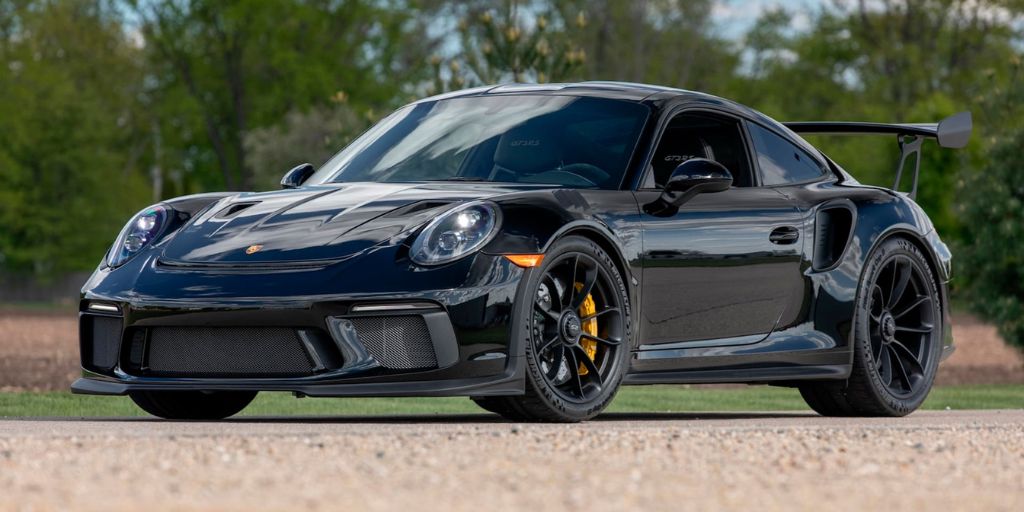
2. Porsche 911 (Water-Cooled Models)
The Porsche 911 is an icon in the automotive world, combining everyday usability with world-class performance. That said, while the 911’s driving dynamics are nearly unmatched, the cost of ownership, particularly for water-cooled models like the 996, 997, and early 991, can be daunting.
The 996 and early 997 generations are infamous for issues with the Intermediate Shaft (IMS) bearing, which, if not addressed, can lead to complete engine failure.
Replacing or upgrading the IMS bearing is a costly preventive service that can require the engine to be dropped, adding several thousand dollars to the repair bill. Even aside from that, these models have complex engines and cooling systems that make routine maintenance both labor-intensive and expensive.
The compact engine bay layout of the 911, especially given its rear-engine configuration, complicates many otherwise simple jobs. A spark plug change, which would take 30 minutes on a typical car, can take hours on a 911 due to limited access. Oil changes require multiple filters and a specific process, and dealers often charge well above average rates for even basic services.
Porsche’s insistence on high-quality, proprietary fluids and components means there are few shortcuts when it comes to saving money on upkeep. These cars are engineered to exacting standards, but that precision comes with high servicing demands and little room for improvisation or non-OEM substitutions.
Another reason for the high cost of maintaining a water-cooled 911 is the price of consumables and wear items. Performance tires, brake rotors, and pads are all expensive and wear out relatively quickly, especially if the car is driven as intended.
Suspension components, particularly on models with Porsche Active Suspension Management (PASM), are costly to replace and require recalibration with Porsche diagnostic tools.
Combine that with a premium service network and limited independent specialists familiar with these models, and it’s easy to see how routine maintenance can escalate into a four-figure affair. The Porsche 911 is a remarkable car, but one whose engineering brilliance is reflected in every line item of your maintenance bill.
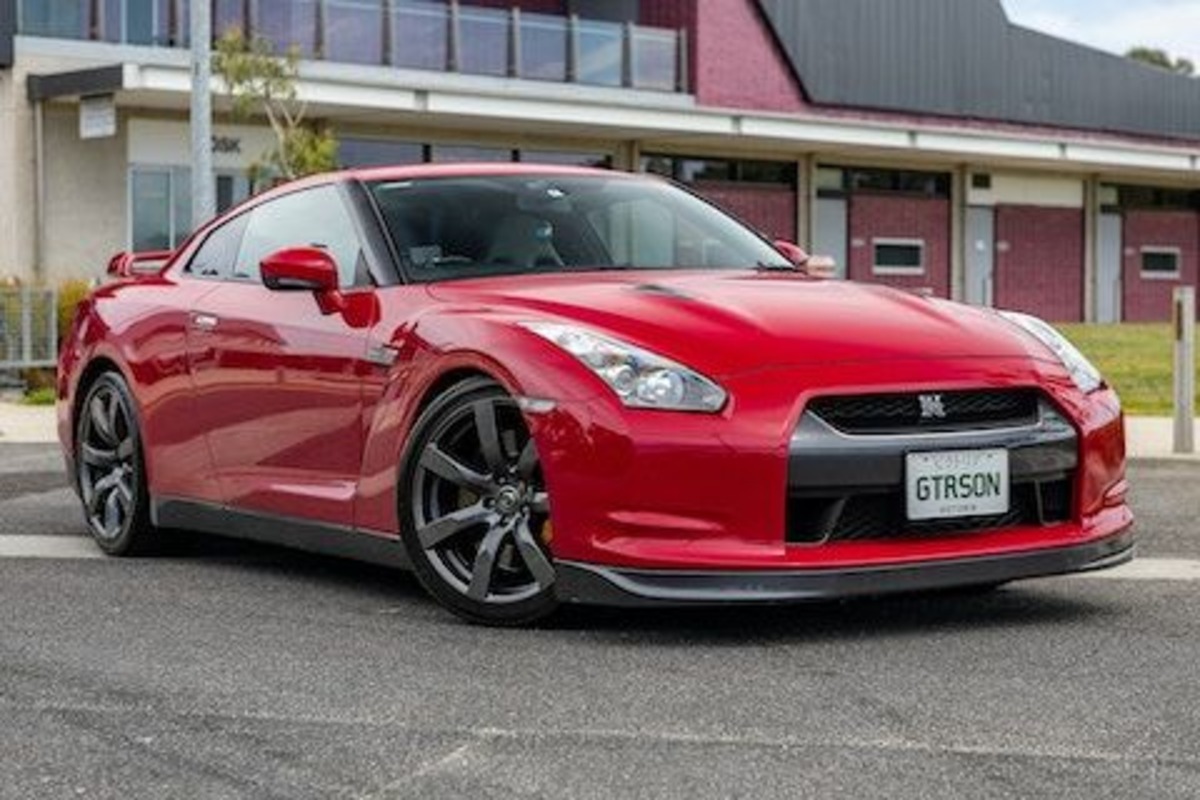
3. Nissan GT-R (R35)
The Nissan GT-R R35 redefined performance when it was introduced, offering supercar speed at a fraction of the price. But while it may be affordable to buy, especially secondhand, the cost of keeping a GT-R in top shape is where many owners find themselves caught off guard.
The VR38DETT twin-turbocharged V6 engine is incredibly powerful, but it’s also extremely complex. Every component under the hood operates under high stress, and that means more frequent, expensive servicing is required to maintain optimal performance and reliability. Fluid changes alone are a wallet-draining affair, particularly the transmission fluid, which needs specialized oils and servicing procedures.
The dual-clutch transmission (DCT) in the GT-R is among its most technologically advanced features, allowing lightning-fast gear changes. However, it’s also a notorious weak point in terms of reliability and repair costs. A malfunctioning transmission can cost over $10,000 to rebuild or replace.
And even when functioning normally, regular service of the gearbox is recommended every 30,000 miles at a cost far higher than in conventional vehicles. The all-wheel-drive system, which helps give the GT-R its legendary grip, also needs periodic servicing, including differential fluid replacements and calibration checks. Skipping these services can lead to very expensive problems down the road.
Tires and brakes are other costly consumables. The GT-R’s heavy curb weight and immense power mean it eats through rubber and rotors quickly, particularly if driven aggressively or tracked. OEM brake pads and rotors are expensive, and due to the GT-R’s performance level, many aftermarket parts simply don’t match the quality needed for safe operation.
Add in potential issues with turbo systems, electronic tuning mismatches, and limited access to certified GT-R mechanics, and you’re looking at one of the most demanding maintenance profiles in the modern sports car world.
While the R35 remains an engineering marvel, its long-term costs make it a car best reserved for those with both a need for speed and a serious maintenance budget.
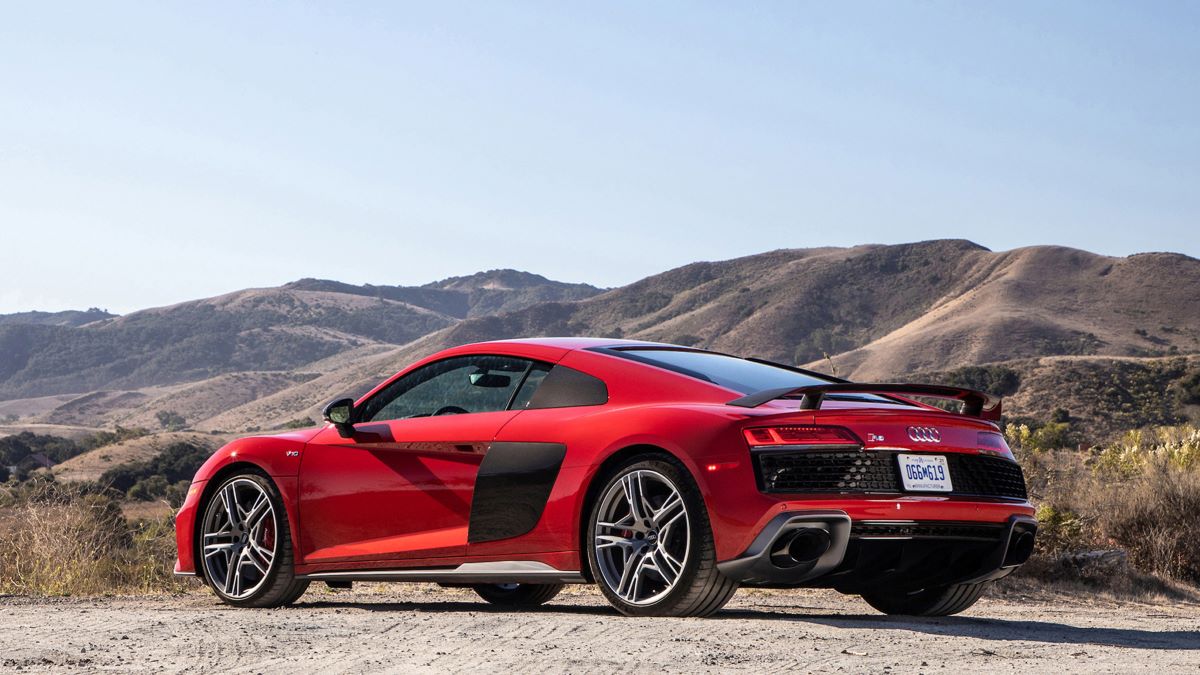
4. Audi R8 (First Generation and Up)
At first glance, the Audi R8 seems like the perfect compromise between a daily driver and an exotic supercar. It offers the performance of a Lamborghini, the comfort of an Audi, and a relatively understated presence. But don’t let its livable demeanor fool you—the R8 is far from cheap to maintain.
Whether you’re considering the earlier V8 model or the later V10 shared with the Lamborghini Huracán, servicing the R8 requires deep pockets. Its mid-engine layout alone makes access to critical components much harder, increasing labor hours for even routine jobs like clutch replacements or timing chain inspections.
The V10 engine, particularly in later models, is a robust and glorious piece of machinery, but it comes with the servicing costs typical of exotic engines. Spark plug changes, fluid replacements, and air filter servicing are all time-consuming jobs that typically require removing parts of the engine bay.
That translates to high labor costs, and that’s before even considering the price of parts. Clutches in manual R8s can cost several thousand dollars to replace, and transmission service on the R-Tronic or S-Tronic models adds another layer of complexity and cost. Even Audi’s magnetic ride suspension, while providing a sublime ride, can fail over time and is extremely expensive to repair or replace.
Furthermore, Audi’s parts supply and labor costs sit at the higher end of the spectrum, largely due to the premium branding and shared components with Lamborghini. Electronic issues, though less common than in some supercars, are still costly to diagnose and fix due to proprietary diagnostic tools and software.
Owners are often required to go to certified Audi service centers, where hourly labor rates can exceed $200. While the R8 may not seem as “exotic” as a Ferrari or McLaren, its running costs can easily match or exceed them over time. It’s a car that demands both admiration and a sizable service fund.
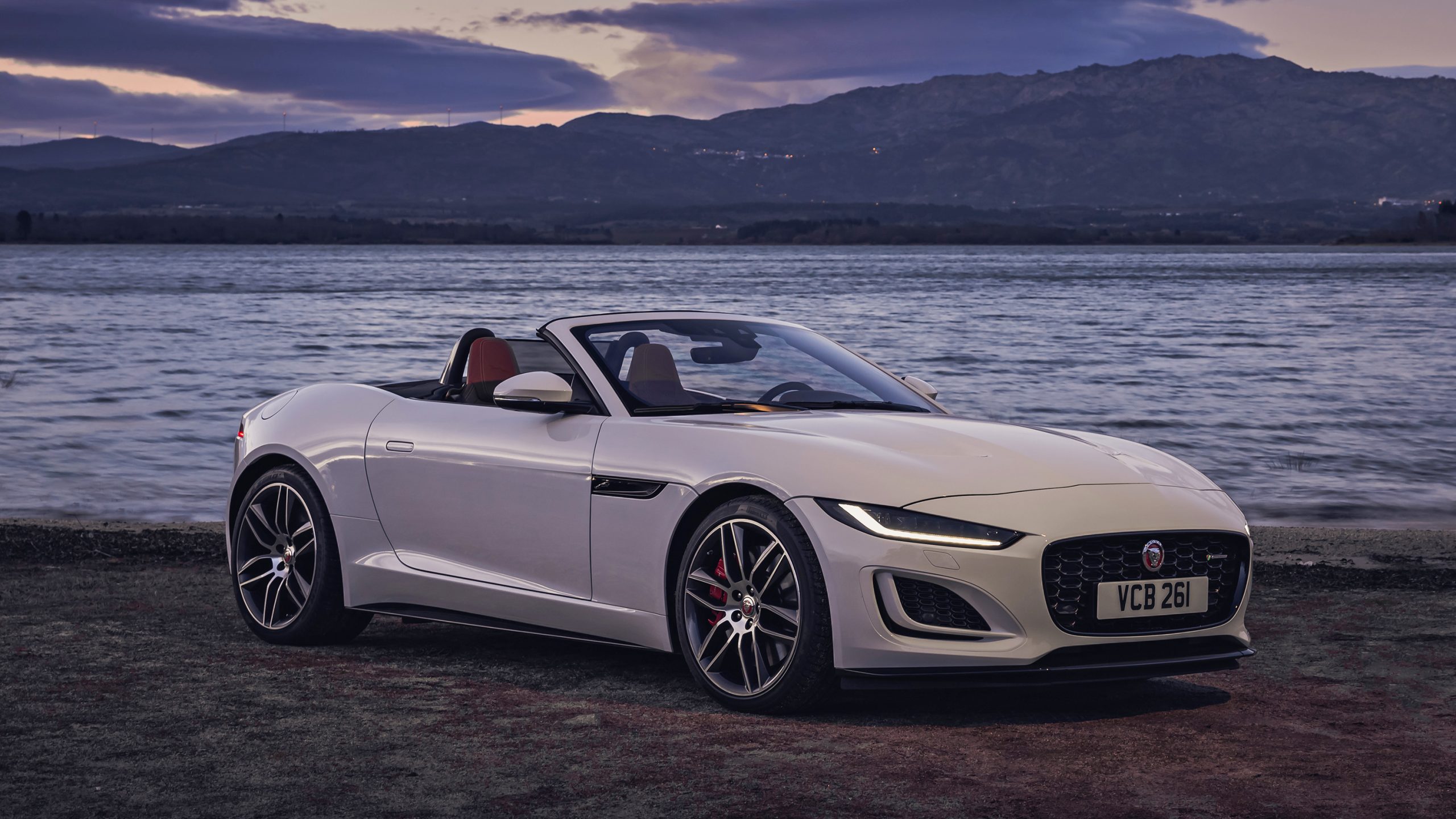
5. Jaguar F-Type (V6 and V8 Models)
The Jaguar F-Type is one of the most visually striking sports cars of the modern era. It combines aggressive styling with a charismatic driving experience, especially in its supercharged V6 and V8 configurations. However, that beauty comes at a cost—quite literally.
The F-Type has earned a reputation for being one of the more expensive sports cars to maintain, not because of its powerplant alone, but due to a combination of outdated electronics, premium parts pricing, and a relatively limited service network.
Owners frequently encounter software glitches, infotainment bugs, and intermittent electrical issues, all of which are costly and time-consuming to resolve.
While Jaguar has improved its quality control over the years, the F-Type still exhibits many traits associated with the brand’s less-than-stellar reliability history. Suspension components wear prematurely under spirited driving, and the adaptive dampers used in many models are costly to replace.
The cooling systems in the supercharged models are also known to develop leaks or failures over time, particularly in hotter climates or after track use. These aren’t simple fixes—many require substantial disassembly or dealership-only tools, inflating labor costs significantly.
Parts are not always readily available, and when they are, prices are high due to the brand’s luxury positioning and lower production volumes.
Additionally, the Jaguar dealer network is much smaller compared to brands like BMW, Audi, or Ford. This often means fewer options for servicing, less competition on pricing, and longer wait times for parts or appointments.
Some components, particularly interior electronics and drive-assist systems, are not compatible with aftermarket replacements, which forces owners to buy OEM parts at full price.
Combine this with high insurance premiums and frequent service intervals, and the F-Type begins to show its true cost over time. It’s a car that looks like a million dollars but can slowly drain your wallet if you don’t go in prepared for its luxurious appetite.
Also read: 5 Cars With Great Cost-to-Performance Ratio and 5 That Miss the Mark
Owning a sports car doesn’t have to mean drowning in maintenance bills, but it certainly can if you choose the wrong model for your lifestyle or budget.
The vehicles in the first half of this article—like the Mazda Miata, Ford Mustang, and Subaru BRZ—prove that it’s entirely possible to enjoy spirited driving without emptying your wallet.
They’re straightforward, well-supported, and built with longevity in mind. They offer not just low upfront prices but also long-term affordability, making them ideal for both newcomers to performance cars and seasoned enthusiasts looking for stress-free fun.
On the flip side, the second group of cars serves as a cautionary tale. While they offer blistering performance, head-turning design, and engineering excellence, their maintenance demands can quickly overshadow their thrill. Cars like the BMW M3 and Porsche 911, while phenomenal to drive, require a much greater commitment, both financially and in terms of time.
They often need specialized care, proprietary parts, and frequent attention to remain in peak condition. For many owners, this trade-off is worth it, but it’s essential to go in with open eyes.
The key to sports car ownership is finding the right balance between excitement and practicality. If you’re considering stepping into the world of performance cars, understanding the full scope of ownership, including maintenance, is just as important as horsepower and 0–60 times.
Whether you go for a bulletproof Miata or take the plunge with a high-maintenance supercar, the goal should always be the same: maximum driving enjoyment with minimal regret.

